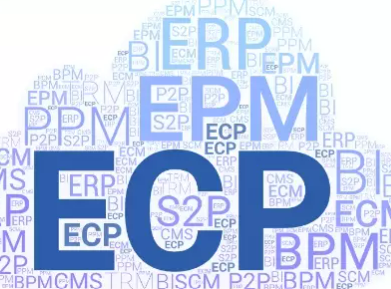
ESG + Capex: Where Do We Go From Here?
It should come as no surprise that ESG (environmental, social and governance) issues are top of mind for Board of Directors, CEOs, CFOs, Financial Planning & Analysis Teams and other

It should come as no surprise that ESG (environmental, social and governance) issues are top of mind for Board of Directors, CEOs, CFOs, Financial Planning & Analysis Teams and other

It has been a trying year and a half. And while some industries have been hit harder than others, the food & beverage and food service industries are continuing to

Like it or not, the question isn’t if we will see increased inflation and interest rates but how high they will go and how long will it last. Their causes

ERP, EPM, PPM, BPM, ECP, ECM: When it comes to the software essential to the “digital transformation” of the corporate finance department, discerning between them all can be far from

You’ve identified a problem that needs to be solved. You’ve explored solutions to resolve that problem, identified what’s required, and have a supplier in mind that you believe is a

As the manufacturer of a product, it takes many inputs to produce a good for sale: materials, labor, and capital equipment. You have a system to track labor by job.

Where to Begin with Capital Program Transformation For any new initiative you wish to undertake, it’s imperative to develop a business case and rationale that will help to define its

What is Unified Capex Planning? Are you frustrated with the amount of time it takes to manage and control capital expenditures across your organization? Unifying the Capex planning process within

*Originally published by Perform magazine. Effective capital investment decisions underpin business success. The purchase of a new building, IT system or machine can enable a business to produce more of

Prioritizing your capital project portfolio Most organizations categorize potential investments either qualitatively or quantitatively. Qualitative investments typically include strategic projects or those that address new mandates or regulatory requirements. Most

How to Avoid the Capex Planning Fallacy If you have firsthand experience in dealing with a capital project that is years behind schedule and millions of dollars over budget, you’re

Avoiding Project Overruns: It’s About Evaluation, Not Execution Are your capital projects continually failing to live up to their desired expectations? Are project overruns common? You’re not alone –when it’s all

How to Measure The Risks & Benefits When Considering a Capex Software Vendor New software always sounds like a great idea, but problems with execution can mar even the best
Send me my deck and sign me up for a demo
Book a Demo
Complete this short form to watch our product overview video.